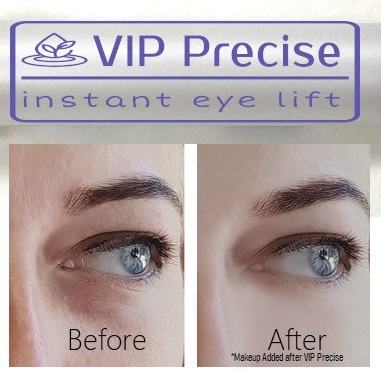1155 NW 13TH ST, Gainesville, FL 32601
All FDA Approved Devices. Newest Laser TechnologyTHE BEST LASER HAIR REMOVAL PACKAGES!
PRICES BELOW: Click "Book Online," Call or TextPart 1: Skin Treatments I Use for Dark Spots on the Face
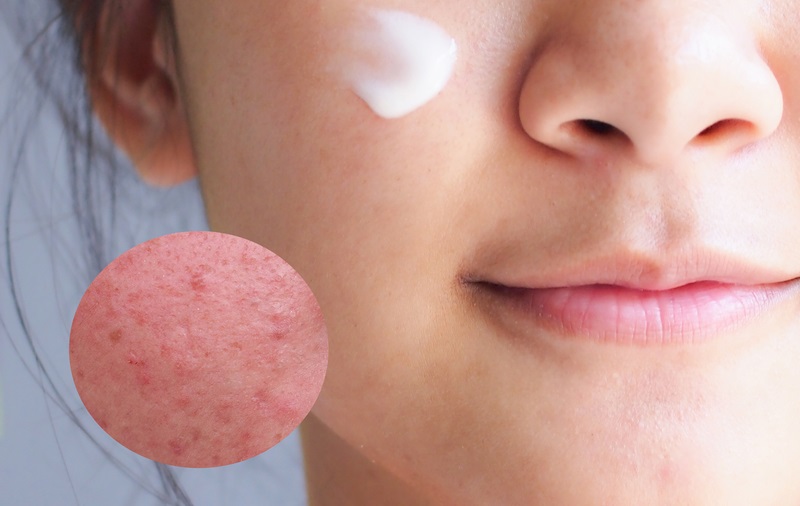
Beautiful Skin Starts Here
FIND OUT WAYS TO RENEW YOUR SKIN! In this series, I explain treatment strategies to use for improving various skin problems and solutions, I am a PA trained in Internal Medicine, Hematology, and Aesthetics. It doesn’t matter whether you are 62 or 22 years young! Here is where to begin your journey for healthier and more vibrant skin. I will answer these questions below about improving your dark spots on the face:
Questions I Get Every Day About Dark Spots on the Face
1. How can I get rid of dark spots on the face?
2. Is it possible to even out light and dark areas of my skin?
3. What can be done about melasma?
4. Are age spots or sunspots able to be removed?
5. How can I remove dark spots or scars from acne?
How can I get rid of dark spots on the face?
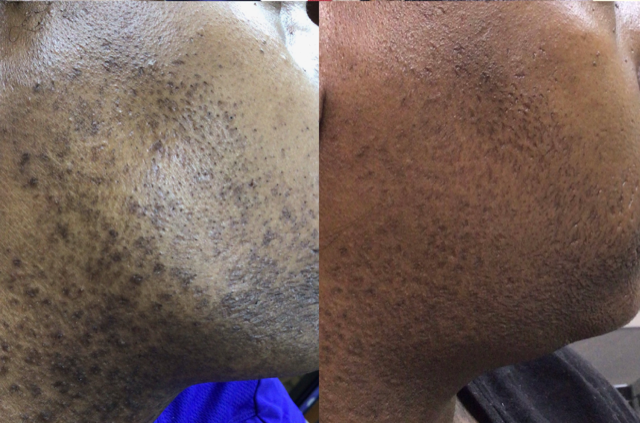
Dark spots on the face is usually a result of inflammation or sun damage. Inflammation occurs from ingrown hairs, acne, or build up of skin cells. Sunspots or solar lentigos are dark spots formed after years of localized sun exposure. When hair curls back and grows into the skin, swelling and irritation occurs. Inflammation around each ingrown hair can cause dark spots and possible scarring. Plucking the hair out makes things worse because the roots are torn out. Many people that have ingrown hairs or pluck hair on a regular basis experience hyperpigmentation. This is known as post-inflammatory hyperpigmentation or PIH. Ingrown hair and plucking introduces bacteria under the skin which causes infection. The medical term for ingrown hair is called pseudofolliculitis barbae.
Laser is the Solution to Ingrown Hair

LASER HAIR REMOVAL IS THE CURE FOR INGROWN HAIR. The photo above shows the before and after results after laser hair removal. Laser treatments can also be done to thin or reduce the amount of hair. This will greatly reduce ingrown hairs without removing all of the hair permanently. After the hair is removed or reduced, there will be less ingrown hair and the dark spots will heal. In many cases, the dark spots will resolve completely. There is usually a dramatic (over 50%) improvement in dark spots of the face after only 3 laser hair removal sessions! It is important to start laser treatments before any scarring occurs. Some of the pigmentation and scarring from ingrown hair can be permanent, but there are solutions for this which will be explained below.
Is it possible to even out light and dark areas of my skin?
The treatment for light and dark areas of the skin depends upon the cause. Mixed areas of dark skin and light skin can be a generalized darkening due to build up of skin cells. The dark skin area might be caused by melasma. All causes of darkened skin usually requires some type of exfoliation to improve. Exfoliation may be accomplished by a a number of ways including microdermal abrasion, retinoid creams, skin lightening creams, dermaplaning or a chemical peel.
What can be done about melasma?
Skin darkening in one certain area of the face might be melasma. This condition can occur on the forehead, nose, cheeks or chin. It is seen more often in women than men. It can be related to hormonal changes during pregnancy, birth control pills, and worsened by exposure to the sun.
Exfoliation by Microdermabrasion
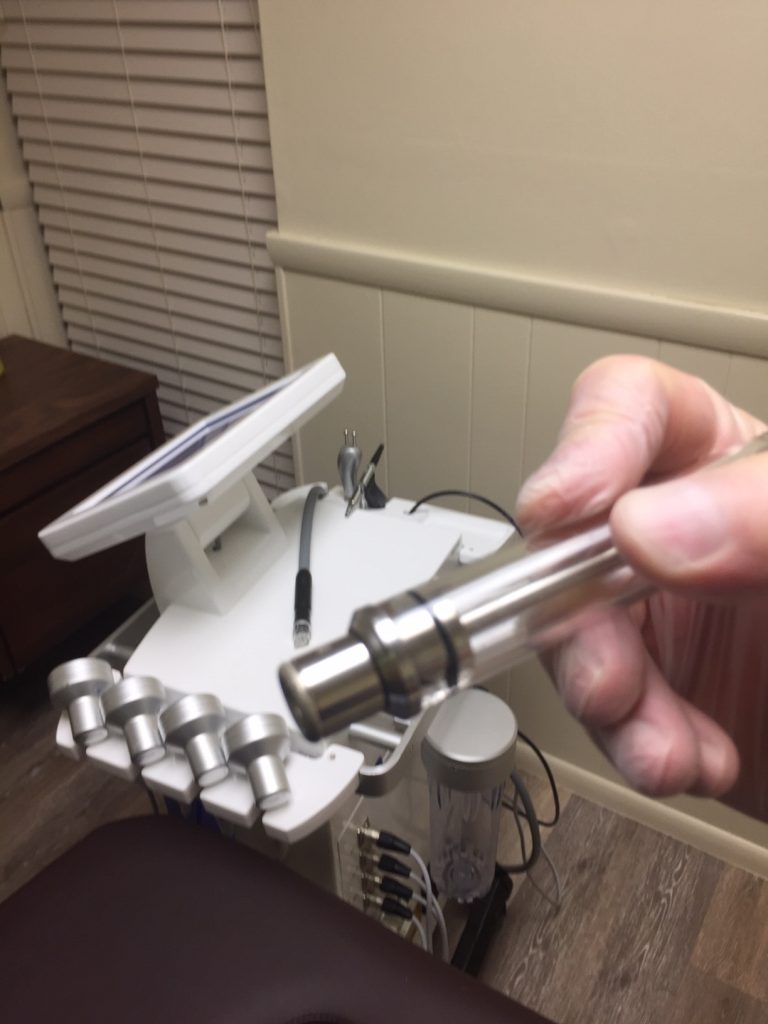
Hydrofacials exfoliate dark spots using a diamond tip with suctioning for microdermabrasion. Salicylic or glycolic acid solution can be used to assist the exfoliation. This works much better than a regular facial that uses the hands alone. Hydrofacials clean, exfoliate and hydrate the skin without pain or downtime. The hydrofacial accomplishes 3 main objectives: 1) exfoliates dead skin cells, 2) clears out pores, and 3) infuses nutrients. This facial is great to help unclog pores and blend blemishes. Hydrofacials are also known as an “extraction facials” since they use a suctioning step to extract blackheads and relieve occlusion of pores. A hydrofacial protocol with microdermabrasion detoxifies, exfoliates, extracts and hydrates the skin all in one treatment. Furthermore, it can be done over the neck, hands and other body areas,
Retinoids for Dark Areas of the Skin
Retinoids are a type of synthetic vitamin A available by prescription in a topical cream or ointment. Retinoids are best known as a treatment for mild to moderate acne. They help exfoliate and decrease hyperpigmentation. Retinoids increase the rate of skin growth, exfoliation, and turnover. This allows skin problems like acne, blemishes, fine lines, pores, festoons, and hyperpigmentation to improve. It needs to started at a low dose and is slowly increased. This allows the skin to adjust. If increased too fast, it causes the skin to peel, develop redness and become dry. Retinoids makes skin very sensitive to the sun, there it is important to wear sunblock.
Skin Lightening Creams
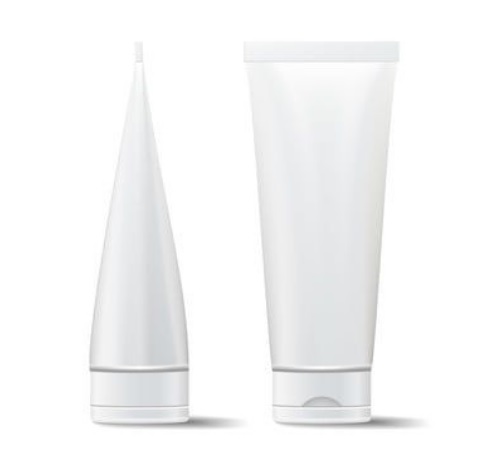
There are several prescription strength skin lightening creams available to lighten areas of the skin. These can be used to lighten melasma and hyperpigmentation. There is a number of active ingredients that can be used alone or combined to lighten these dark spots. The creams are typically applied morning and night until desired result or up to 2 months at a time. The best cream or combination of creams can be prescribed to you after an evaluation in our clinic.
The VI Peel Chemical Peel
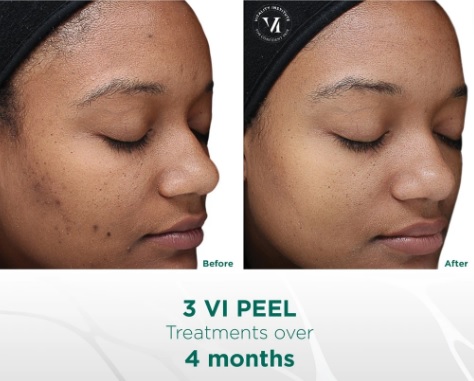
VI Peel is one of the most effective hyperpigmentation removal options commonly used to improve dark spots and blemishes. A protocol of 4 peels may be required for optimal results. The Vi Peel is now the most popular peel in the US. The VI Peel is a medium depth chemical peel that is much more gentle and predictable than traditional glycolic acid and salicyclic acid peels. The VI Peel is only available to medical professionals and is used to treat acne, melasma, aging skin, hyperpigmentation and acne scarring. It is especially helpful to address fine lines, clogged pores and blemishes. The VI Peel has been known to improve the texture and clarity of the skin. It can reduce pore size and stimulate the production of collagen. When microneedling is combined with VI Peel, it is able to break up pigment so that VI Peel can lift the pigment away even better than either one alone. The skin peels on days 3 to 7 after the peel is applied. This peel often results in lighter, softer and smoother skin after 7 days.
Are age spots or sunspots able to be removed?

Many types of lasers use specific wavelengths of light to remove both brown and red pigmented spots on the skin. Lasers are able to remove sunspots, moles, spider veins, birthmarks, and melasma. The light from the laser is attracted to the color of the brown spot or red spot but bypasses the skin. The laser heats up and darkens the spot within a split second. Non-ablative lasers allow surrounding skin to remain intact and unharmed. The spot then becomes darker and forms a scab that falls off in 1-2 weeks. There are also ablative lasers that remove the entire outer skin surface, but are not necessary if you are only trying to remove the pigmented areas.
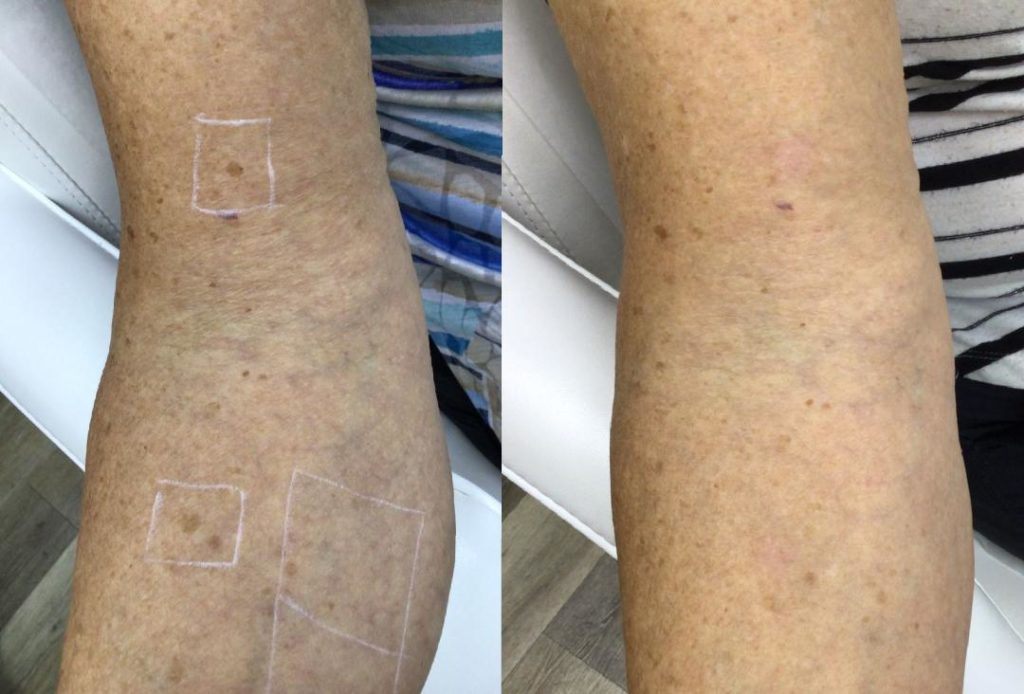
How can I remove dark spots or scars from acne?
Active acne should be controlled first before trying to remove the scars. If acne is mild, some treatments can be started which can help control the active acne and will also help the scars. There are many dietary changes, topical creams, oral medications and laser treatments available for acne. Therefore it is best for the acne to be evaluated by a qualified healthcare provider.
Online Check-in: Get Free Medical Advice for Dark Spots
Come in for a free consultation to learn the options for your dark spots on the face. We have effective solutions for acne scars, hyperpigmentation, and ingrown hairs. Allow us to help you get rid of ingrown hairs for good! Your skin troubles will be addressed by an experienced physician assistant. Click the button below and easily book your own appointment instantly for free consultation at VIP Health and Laser Clinic.
By Physician Assistant at VIP Health and Laser Clinic
For further reading:
Here are some more links to jog your mind:
Achieve Radiant Skin with Customized Skincare
18 Things You Need to Know Before Getting Laser Hair Removal
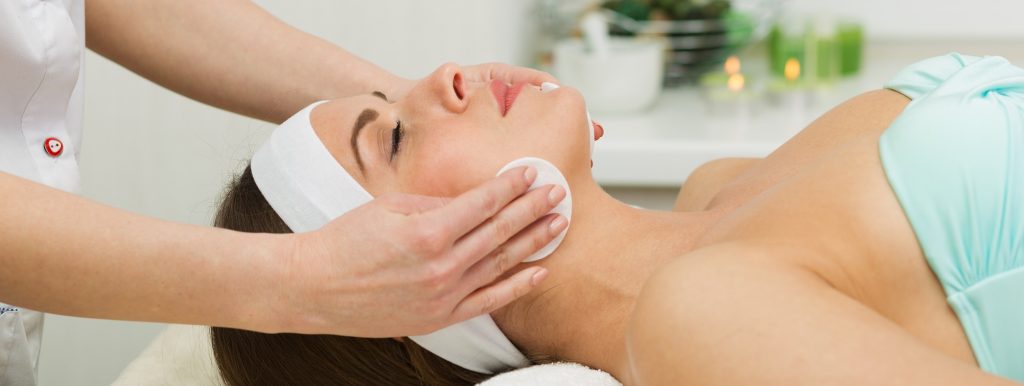
Sign Up for Bonuses
BONUS #1: New Client Special for Laser Hair Removal
BONUS #2: Package Deals on Laser Hair Removal
BONUS #3: Special on Vanquish ME body sculpting packages.
BONUS #4: Shock Wave Therapy Chronic Pain Deal.
BONUS #5: Referral Bonus Details.


